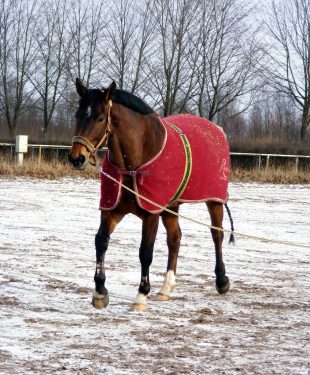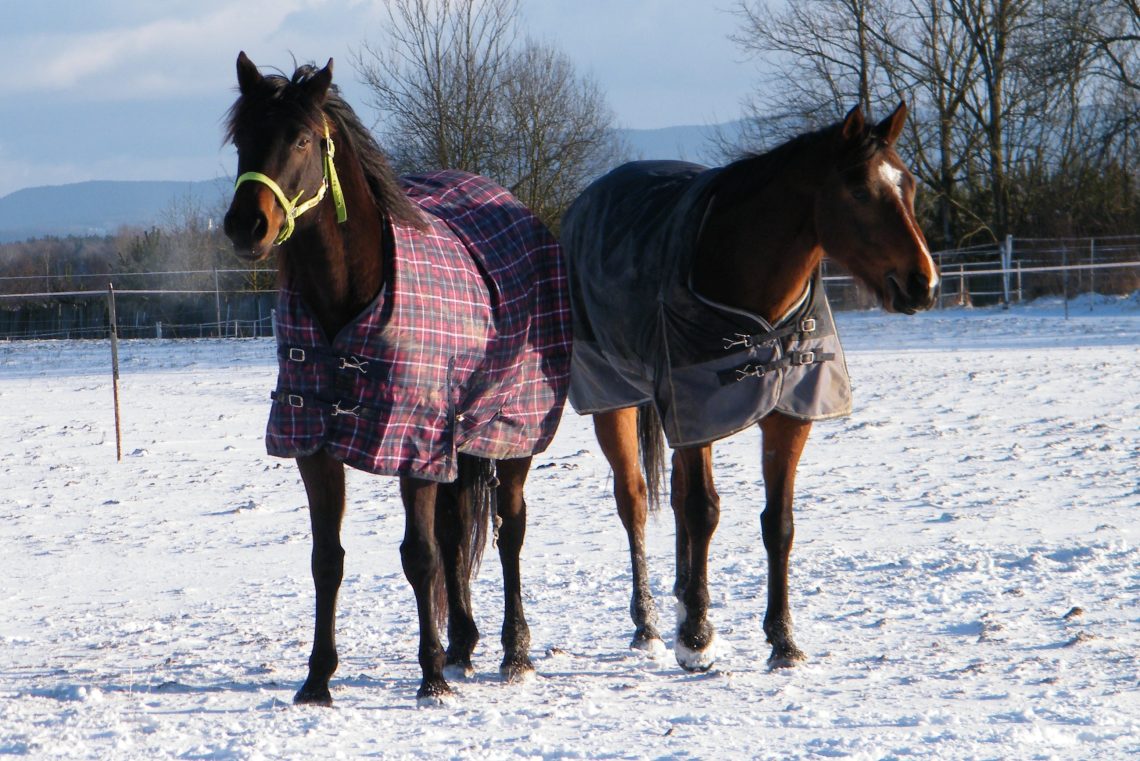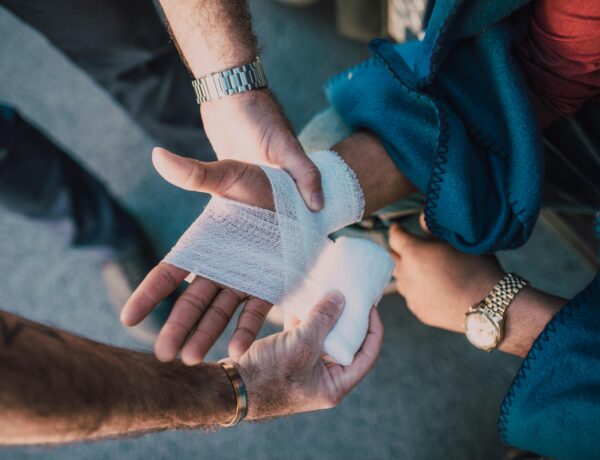If you’re an experienced horse owner, you’ll have come across many kinds of stable and turnout rugs over the course of your horse’s lifetime. If you’re thinking of becoming a horse owner, a horse rug is one of the first things you’ll need to buy. There is a rug to suit every season and every environment. What is the difference between lightweight to medium-weight horse rugs? Does your horse need a different rug for indoors and outdoors? It is easy to become overwhelmed but don’t panic! We’ve put together a handy guide to help you figure out the differences between your options including helping you to figure out the denier.
What do we mean by deniers?
Just like a pair of tights, horse rugs can be determined by their denier. This is an easy way to help you figure out the heaviness or thickness of the rug and when is best to use it. The denier of your horse’s rug and the weight of the rug will help to give you an idea of how strong the material will be and therefore how durable.
Types of Deniers
Knowing your deniers will help you choose which is best for your horse, its environment, and the season that you will be using it in. The most common types of deniers in horse rugs include 420, 600, 1200, and 1680. As a rule, the higher the denier number, the thicker the weave of the rug and therefore how strong the rug is. Regardless of the thickness of the rug, the main attributes tend to stay the same such as using waterproof and breathable materials.
Lightweight rugs – 420 denier
 Lightweight rugs are used when turning out your horse in the spring/summer. Their lightweight material allows for horses to be sheltered from any showers or wind and can help to keep them warmer on a cool summer’s night. A lot of lightweight rugs or sheets have built-in protection from UV rays to protect your horse in the summer. 420 denier means that the material will be thin, but all attributes still remain such as the ability to repel moisture.
Lightweight rugs are used when turning out your horse in the spring/summer. Their lightweight material allows for horses to be sheltered from any showers or wind and can help to keep them warmer on a cool summer’s night. A lot of lightweight rugs or sheets have built-in protection from UV rays to protect your horse in the summer. 420 denier means that the material will be thin, but all attributes still remain such as the ability to repel moisture.
Mediumweight rugs – 600 denier
600 denier horse rugs are great for calmer horses. They are stronger and more durable than lightweight rugs and should be worn in mid to late autumn when your horse may require a little more warmth. They have a tougher outer material and can withstand rain. A high denier rug can help to repel wind and water more efficiently so for the winter, we recommend a heavyweight rug.
Heavyweight rugs – 1200-1680
Heavyweight horse rugs are the highest denier. If your horse spends a lot of its time outdoors, even in the winter, you will need to invest in this heavy rug. Horses begin to feel the cold when the temperature drops below zero, a thicker rug can help to keep them insulated and comfortable. They are the strongest of all rugs, they are waterproof and durable, but should only be used in cold weather.
Read more lifestyle articles at ClichéMag.com
Images provided by Flickr, Unsplash, Pexels, Pixabay & Creative Commons




